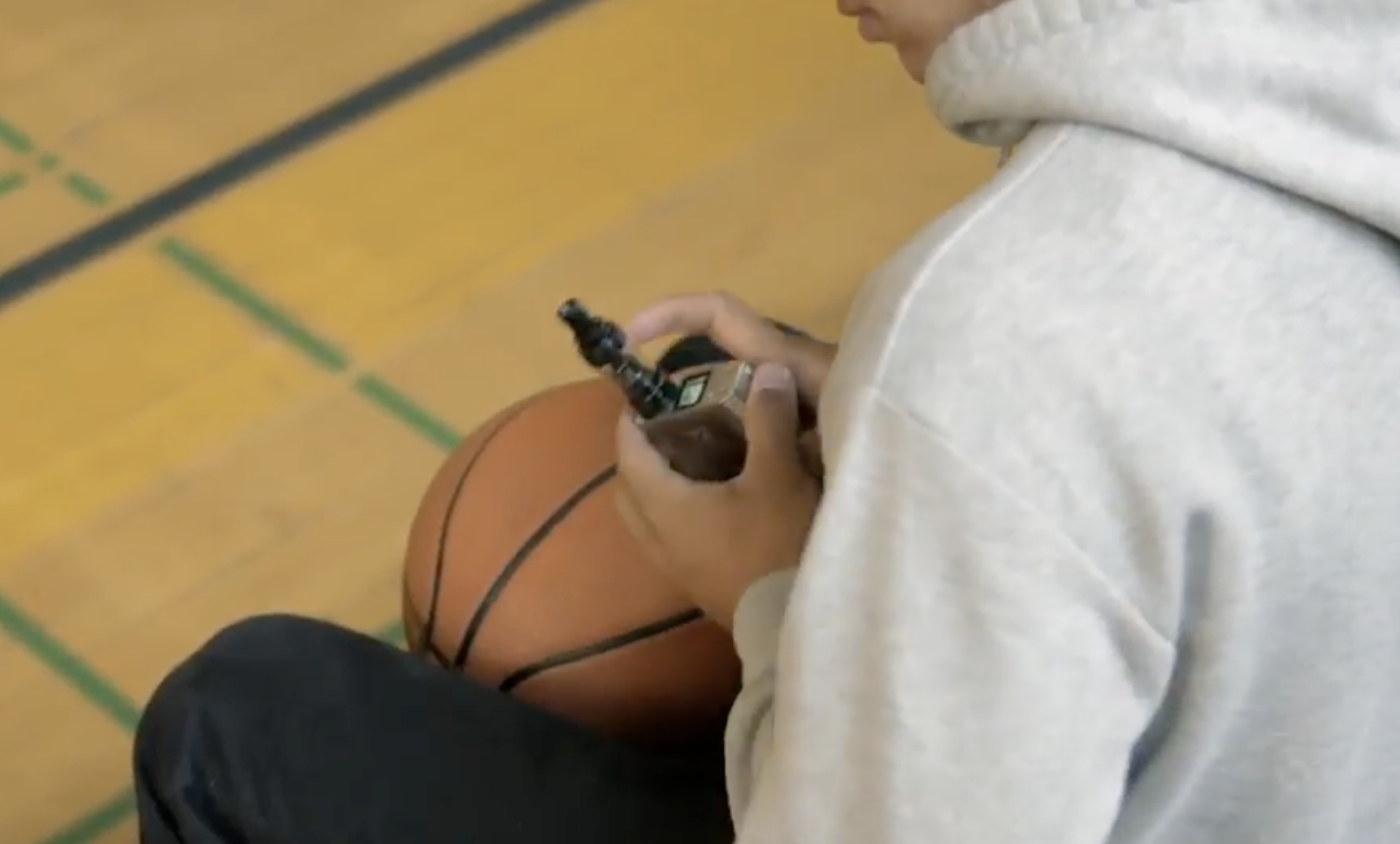Middle School Curriculum Overview
The middle school curriculum consists of two units which focus on the concept of gene-environment interactions and natural selection through two phenomena relevant to students, Type 2 diabetes (“What controls my health?") and Substance Use Disorder (“How can looking for thrills make me miserable?”). The units can be taught within the same year or different years in any middle school grade.
Unit 1: What Controls My Health? - This 8 -10 week unit for middle school, students meet Monique by video, a girl diagnosed with Type 2 diabetes and investigate the biology behind how genetic factors and lifestyle options for healthy foods and exercise affect diabetes.
Unit 2: How Can Looking for Thrills Make Me Miserable? - This 8-10 week unit for middle school explores the biology of substance use disorder (SUD) starting with a video of teens’ testimonials about addiction to vaping. Students investigate genetics and the brain’s reward system from an evolutionary perspective and examine their roles as risk and protective factors for SUD.




